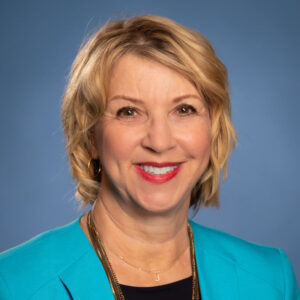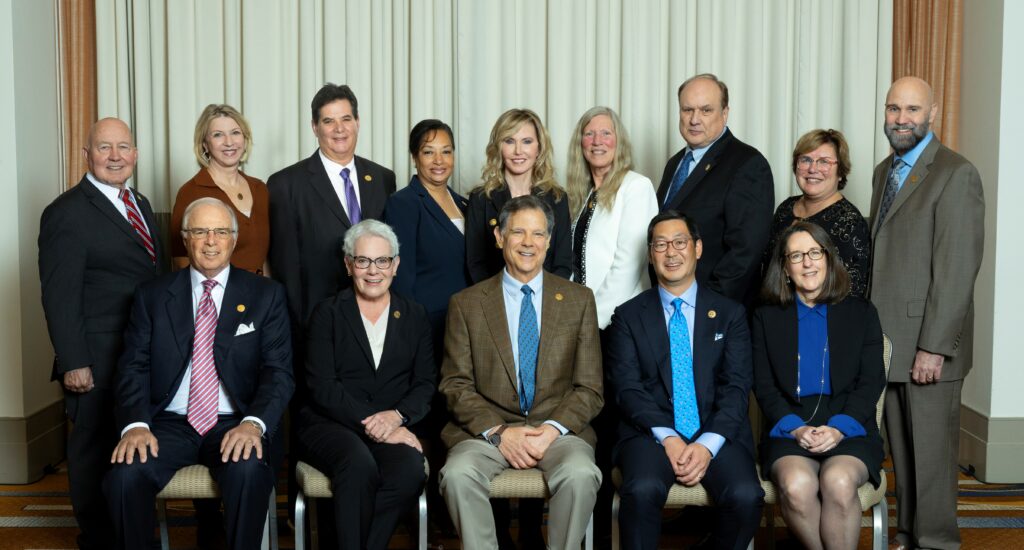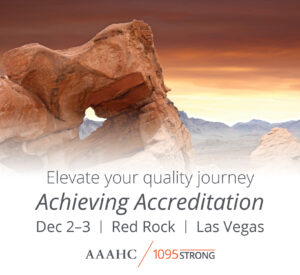Posted in: Triangle Times Today

Volume 1 | Issue 7 | November 2022
Insights: Covid-19 Tracking Requirements
 AN INTERVIEW WITH JAN KLEINHESSELINK, RN, BSHM, CPHQ, AAAHC
AN INTERVIEW WITH JAN KLEINHESSELINK, RN, BSHM, CPHQ, AAAHC
BOARD MEMBER AND SURVEYOR
On November 4, 2021, the Centers for Medicare and Medicaid Services (CMS) issued an interim final rule requiring health care worker vaccinations. Under the new interim final rule, facilities must establish a policy ensuring all eligible
staff are vaccinated in order to provide any care, treatment, or other services. The regulation provides exemptions based on recognized medical conditions or religious beliefs, observances, or practices.
AAAHC spoke with Ms. Kleinhesselink to learn more about the interim final rule, how it is surveyed, and what implementation challenges exist for organizations almost one year later.
What are the requirements?
The interim final rule is a new condition for coverage standard that does two things. One, it requires facilities to develop and implement policies and
procedures for tracking COVID-19 vaccinations. The policies and procedures must meet three basic requirements: a process for ensuring that all eligible staff are vaccinated; a process for providing exemptions and accommodations for all those who are exempt; and a process for tracking and documenting vaccination status. Two, it defines what is considered fully vaccinated and for the purpose of this regulation CMS considers staff fully vaccinated if it has been two weeks or more since they completed a primary vaccination series for COVID-19.
How can we best prepare for our survey?
The interim final rule is a new condition for coverage standard that does two things. One, it requires facilities to develop and implement policies and
procedures for tracking COVID-19 vaccinations. The policies and procedures must meet three basic requirements: a process for ensuring that all eligible staff are vaccinated; a process for providing exemptions and accommodations for all those who are exempt; and a process for tracking and documenting vaccination status. Two, it defines what is considered fully vaccinated and for the purpose of this regulation CMS considers staff fully vaccinated if it has been two weeks or more since they completed a primary vaccination series for COVID-19.
How does this change the survey process?
The Entrance Conference is really the same as always with one exception. During the survey the surveyor will observe practice, interview staff, and
review documentation — no changes there. A new step in the survey process is ensuring compliance with the rule and that will be completed, in part, by using the AAAHC COVID-19 Health Care Staff Vaccination Tracking Worksheet. We will also go into more detail about this at the upcoming Achieving
Accreditation Conference.
What are common implementation challenges found on survey?
Understandably, organizations want to do well during surveys, but implementing this requirement requires resources and imposes more responsibility on staff who may already be at capacity. A year into this requirement now means that you don’t have to reinvent the wheel. Many organizations and state health departments make policies and templates publicly available and the Centers for Disease Control and Prevention (CDC) has excel tracking tools with data collection instructions that can help inform your process.
The CDC changed their mask guidelines, what is the expectation from AAAHC?
AAAHC follows CDC recommendations and guidelines. Surveyors must always follow local or state mandates and facility policies for masking. Organizations are expected to provide required Personal Protective Equipment (PPE) to surveyors while onsite during surveys.
On September 9, 2022, the CDC updated their Masking Use recommendations. According to the CDC, the best protection to prevent illness is to stay up to date on vaccines and wear a mask. Know the COVID-19 Community Level where you live and plan to travel. Anyone may choose to wear a mask at any time to protect themselves and the people around them, especially if they or someone in their household are at risk for serious illness. Everyone is encouraged to wear a mask when using indoor public transportation regardless of the Community Level. If the Community Level is
high, wear a mask or respirator, consider social distancing, and avoid public indoor activities. Most importantly, when you have a fever or have symptoms of the flu or COVID-19, stay home to protect those around you.
AAAHC announces new Board Officers and Directors
At the November Board Meeting in Chicago, AAAHC President and CEO, Noel M. Adachi, introduced the new Officers and Directors who have been elected to serve on the AAAHC Board. These diverse medical leaders will bring an array of professional backgrounds and frontline experience to facilitate the accreditation journey.
Download the press release here
Top row (L to R): David Gans, MSHA, FACMPE; Jan Kleinhesselink, RN, BSHM, CPHQ; Mark Mandell-Brown, MD; Temple O. Robinson, MD; Joy Himmel,
PsyD; Kristine P. Kilgore, RN, BSN; W. Patrick Davey, MD, MBA; Valerie F. Kiefer, DNP, APRN, ANP-BD; Steven Butz, MD.
Bottom row: Edwin Slade, DMD, JD; Jan Davidson, MSN, RN, CNOR, CASC, CNAMB; David Shapiro, MD; Larry Kim, MD; Noel M. Adachi, MBA
Conferences & Exhibits
•2023
• Texas Ambulatory Surgery Center Society (TASCS)
Mar 7–8
• American Medical Group Association (AMGA)
Mar 28–31
1095 Learn
SOLD OUT!
• Achieving Accreditation Onsite
Las Vegas, Dec 2–3
For more information about all of our programs, including
Achieving Accreditation, please click here.



